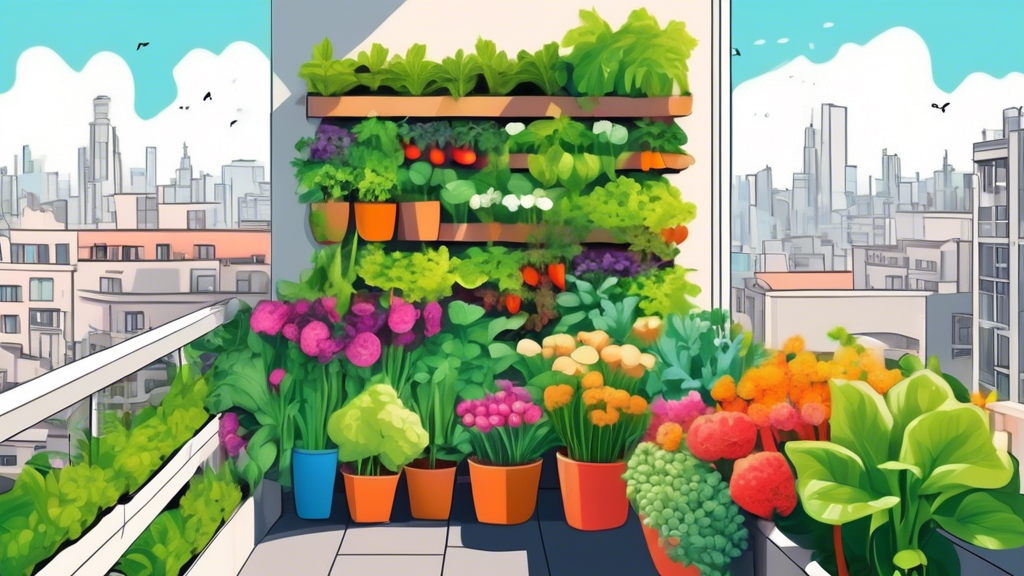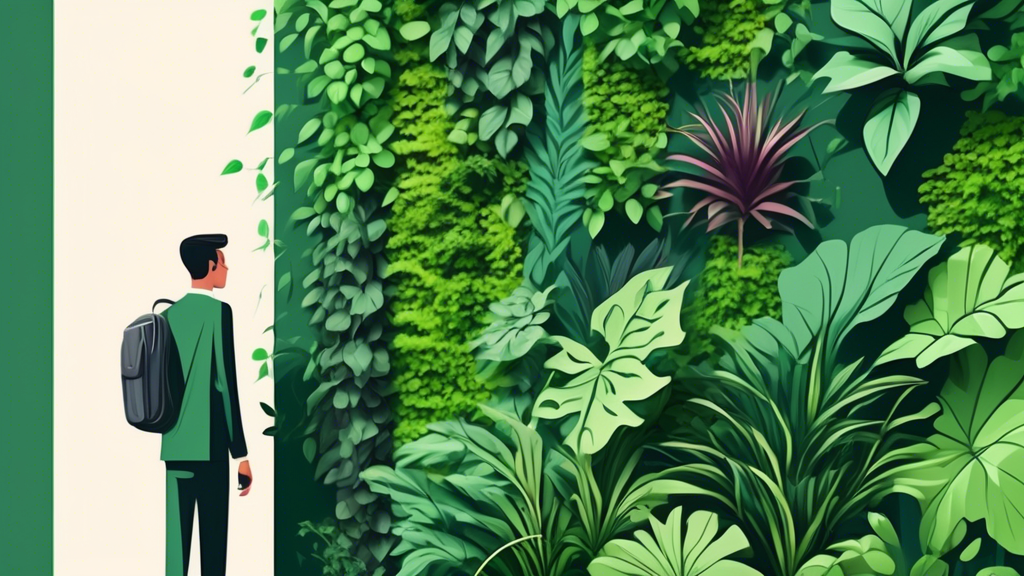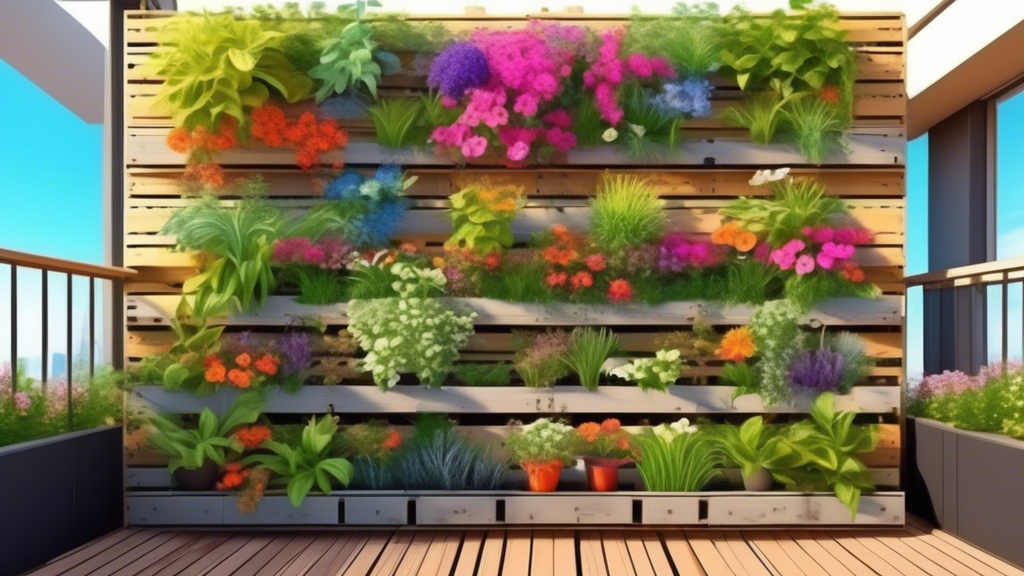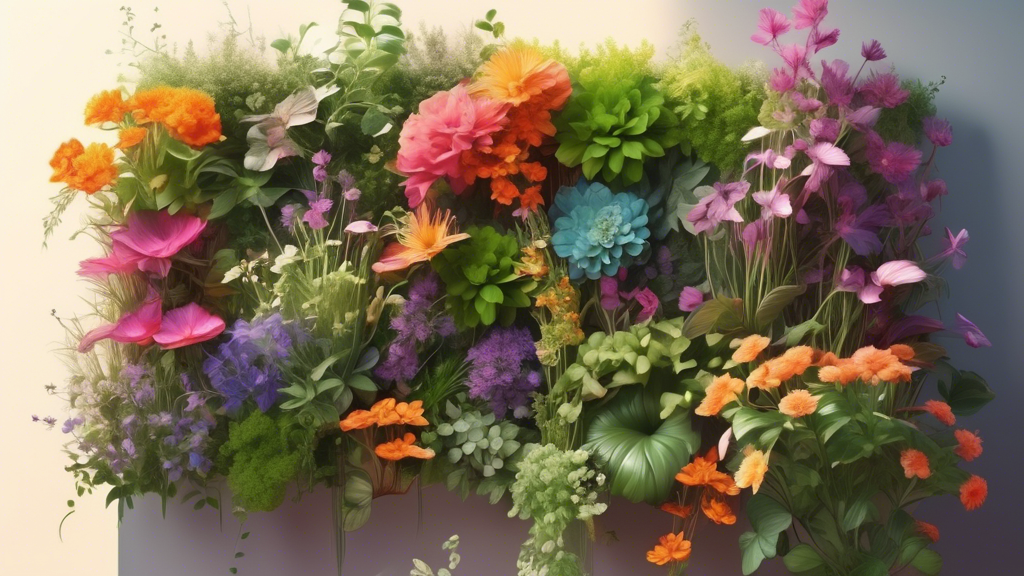
Core Advantages: Why You Need a Vertical Garden
Maximizing Limited Square Footage
For apartment dwellers, the lament “I don’t have enough floor space for plants” is all too common. Vertical gardening directly addresses this by transforming unused vertical real estate—your walls—into a lush, productive area. It’s the ultimate hack for turning a spatial limitation into a green opportunity.
Improving Air Quality and Personal Health
If your apartment feels stuffy or you’re yearning for a connection to nature, a vertical garden is your answer. Plants are natural air purifiers, removing common household toxins and increasing humidity. Beyond the physical benefits, the act of nurturing a living wall is a proven stress-reliever, offering a daily dose of nature therapy.
Enhancing Your Apartment’s Aesthetics
A vertical garden instantly transforms a bland rental into a personalized oasis. It functions as a dynamic, living piece of art that changes with the seasons. Use it to create a stunning focal point in your living room or as a beautiful, natural room divider to define spaces in an open-plan studio.
Growing Your Own Fresh Herbs and Vegetables
Craving homegrown flavor but lack a yard? A vertical garden makes it possible. You can cultivate a surprising amount of fresh produce. Ideal candidates include compact herbs like basil, thyme, and mint, as well as leafy greens like lettuce, spinach, and even strawberries, bringing farm-to-table dining right to your wall.
Solving Common Apartment Gardener Challenges
No Balcony? No Problem. Gardening on Any Wall
Don’t let a lack of outdoor space stop you. Many plants thrive in indoor conditions. For walls with limited natural light, a simple, energy-efficient LED grow light can provide all the spectrum your plants need to flourish, turning even the darkest corner into a viable garden spot.
Pet and Child-Friendly Plant Displays
Elevating your garden is a simple and effective strategy to protect both your plants and your loved ones. It keeps delicate leaves out of the reach of curious pets and children, and it’s the safest way to grow plants that may be toxic if ingested, ensuring peace of mind.
The Landlord-Friendly Garden: Easy to Install and Remove
Worried about your security deposit? Numerous renter-friendly solutions exist. You can use tension rods, sturdy Command™ hooks, or freestanding vertical towers that require no drilling or permanent modification, making your garden as temporary or permanent as you need it to be.
Vertical Gardening vs. Traditional Potted Plants: A Quick Comparison
| Feature | Traditional Potted Plants | Vertical Garden |
|---|---|---|
| Space Used | Floor and shelf space | Vertical/Wall space |
| Visual Impact | Individual pots | Cohesive “green wall” |
| Pest Control | Soil-level pests are common | Elevated plants are less accessible |
| Watering Efficiency | Can be inefficient and messy | Often designed with built-in irrigation |
| Yield per Sq. Foot | Lower | Significantly Higher |
Unique Benefits You Might Not Have Considered
A Natural Sound Barrier
Beyond beauty, your vertical garden can function as a subtle sound absorber. The combination of soil, leaves, and the structure itself can help dampen noise, reducing echoes within your apartment and muffling sounds from neighbors—a hidden perk for creating a more serene living environment.
The “Thermal Blanket” Effect
Your living wall can do more than just look good. The mass of plants and soil provides a slight insulating effect, helping to buffer your apartment against temperature extremes. This can contribute to a more stable indoor climate, potentially easing the workload on your heating and cooling systems.
Increase Your Focus and Productivity
Placing a vertical garden in your home office or study area can be a strategic move for your mental performance. Studies have shown that the presence of plants in a workspace can boost concentration, enhance creativity, and reduce mental fatigue, making your work-from-home days more productive and enjoyable.
Frequently Asked Questions (FAQs) About Apartment Vertical Gardens
How much light does a vertical garden need?
The light requirement depends entirely on the plants you choose. For low-light areas, opt for hardy plants like pothos or snake plants. For a herb garden, you’ll need a bright spot with several hours of direct or indirect light. Don’t have a sunny wall? A simple LED grow light can provide the perfect solution.
What about watering and potential leaks?
This is a common concern. Many vertical systems are designed with built-in irrigation or self-watering reservoirs for efficiency. The key is using a proper drainage system and a catchment tray at the base to protect your walls and floors. A little planning prevents any messy accidents.
Is it expensive to start a vertical garden?
Not at all! You can start for very little money by repurposing items like a hanging shoe organizer, pallet, or gutters. As your confidence grows, you can invest in more advanced modular systems. Vertical gardening is scalable to fit any budget.
What are the easiest plants to start with?
For a foolproof beginning, start with these resilient varieties: Pothos and Spider Plants for their tolerance of various light conditions, Snake Plants for their near-indestructible nature, and herbs like Mint, which are vigorous and forgiving for beginner gardeners.






